New Publications Showcase Success Stories of Regenerative Grazing in the South
 Print This Post
Print This Post
Regenerative grazing that builds soil health and improves water infiltration and storage holds great promise for livestock producers coping with unpredictable climatic conditions, but it has been slow to catch on in the southern United States.
In four states, though, this practice is gaining traction. The National Center for Appropriate Technology (NCAT) recently concluded a three-year project through its Soil for Water program, funded by Southern SARE, whose goal was to identify practical and regionally appropriate methods of regenerative grazing and accelerate the adoption of those methods in Arkansas, Mississippi, Texas, and Virginia.
Focusing on the needs of small, underserved, and limited-resource farmers, the project team created working groups in each state to learn how families in these states are implementing regenerative grazing and how they are supporting each other through peer-to-peer learning and mentorship.
Together, these case studies provide a snapshot of the real-world experience of producers, the obstacles they face, the successes they’ve enjoyed, and how the ideas and methods of regenerative grazing are spreading in the south.
Read more in our new publication series, Regenerative Grazing in the South.
Regenerative Grazing in the South: Case Studies from Arkansas
Four Arkansas farm families prioritize stewardship of their land while seeking profit, quality of life, and community.
Regenerative Grazing in the South: Case Studies from Mississippi
Four Mississippi farmers implement new practices that enhance soil function and increase the soil’s ability to catch and hold water.
Regenerative Grazing in the South: Case Studies from Texas
Four Texas ranchers overcome historical barriers by experimenting with new methods to regenerate their land and sustain their lifestyles.
Regenerative Grazing in the South: Case Studies from Virginia
Five Virginia livestock producers work to regenerate their land and strengthen their communities in the face of uncertain weather, predatory land acquisition, and lack of support for local markets.
For more inspiration, check out the new video series that tells the stories of 11 producers in Virginia, who share their experiences and insights about regenerative grazing.
 This project was based upon work that is supported by the National Institute of Food and Agriculture, U.S. Department of Agriculture, under award number 2020-38640-31521 through the Southern Sustainable Agriculture Research and Education program under subaward number LS21-345. USDA is an equal opportunity employer and service provider. Any opinions, findings, conclusions, or recommendations expressed in this publication are those of the author(s) and do not necessarily reflect the view of the U.S. Department of Agriculture.
This project was based upon work that is supported by the National Institute of Food and Agriculture, U.S. Department of Agriculture, under award number 2020-38640-31521 through the Southern Sustainable Agriculture Research and Education program under subaward number LS21-345. USDA is an equal opportunity employer and service provider. Any opinions, findings, conclusions, or recommendations expressed in this publication are those of the author(s) and do not necessarily reflect the view of the U.S. Department of Agriculture.
![]()

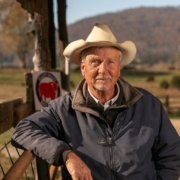

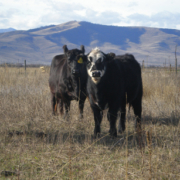

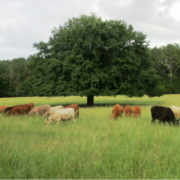
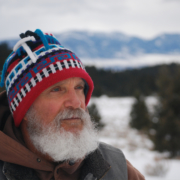
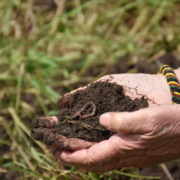 USDA NRCS
USDA NRCS



